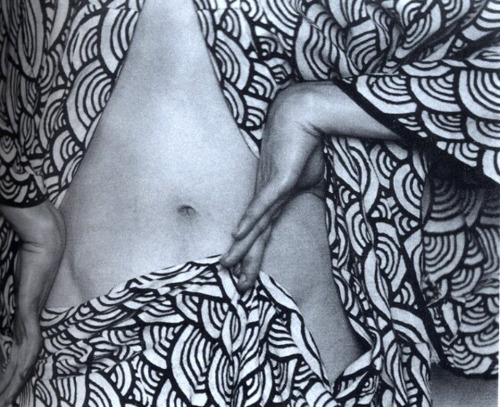...should not be photographed? Why?
- An image of a synthetic “place” such as Disney World, Las Vegas, a Hollywood set, a diorama, etc. - I picture something Lady Gaga-esque. Flashy/Sparkly/Bright, exotic, unexpected and exciting.
- An image of a fantasy/fictitious environment concocted from your imagination - I imagine a scene that is eerie and dreamlike but bright. It is cloudy/foggy and the world is made of strange things, similar to an Alice in Wonderland or Charlie and the Chocolate Factory scene.
- An image of a placeless space such as the Internet, cell phones, e-mail, e-bank, surveillance, etc. - I imagine an abstract image that captures the radio waves, cables, air space, etc. that are used to send each of these forms of communication from one person to another.
- An image of a public space - I immediately imagine a park, filled with trees, benches, and lots of people. The sun is shining brightly and the sky is bright blue.
- An image of a private space - I imagine a bedroom. A place very personal to an individual, a place to get away to.
- An in-between space that brings to mind one of the following ideas: nomadic lifestyles, displacement, rootlessness, out-of-placeness, boundaries, movement, expansion, etc. - I picture the changing scene in one's life as they grow up from childhood to adulthood. One moment you are surrounded by toys and no responsibilities. The next moment you are surrounded by bills and a full time job.
 My recreation is representative of a place at home where my best friend and I use to spend a lot of time in high school. We live next to a golf course and by her house there was a small, overgrown path that led to the creek that ran through the golf course. The creek was reputed to be dirty and hazardous, but in reality it wasn't. This picture of the Red Cedar is similar because the Red Cedar is also rumored to be 'toxic'. Also, the footprints show that there was some time of human interaction with the space in the past, just like the worn path at the creek at home shows the same thing.
My recreation is representative of a place at home where my best friend and I use to spend a lot of time in high school. We live next to a golf course and by her house there was a small, overgrown path that led to the creek that ran through the golf course. The creek was reputed to be dirty and hazardous, but in reality it wasn't. This picture of the Red Cedar is similar because the Red Cedar is also rumored to be 'toxic'. Also, the footprints show that there was some time of human interaction with the space in the past, just like the worn path at the creek at home shows the same thing.













 My Recreation: In the original image I was most drawn to the stomach and the awkward hand positions. It seems as if the cloth and the hands were creating a frame for the stomach. For my recreation I zoomed in more on the body and didn't worry about adding cloth or any other props since that's not what I wanted the picture to focus on.
My Recreation: In the original image I was most drawn to the stomach and the awkward hand positions. It seems as if the cloth and the hands were creating a frame for the stomach. For my recreation I zoomed in more on the body and didn't worry about adding cloth or any other props since that's not what I wanted the picture to focus on.